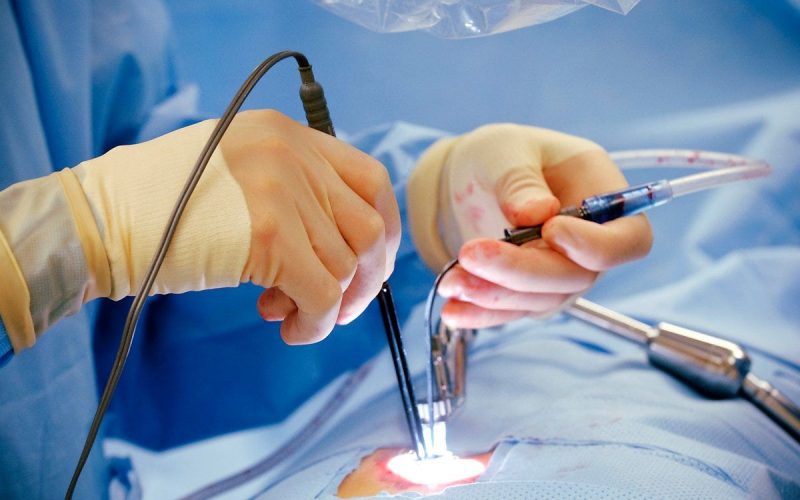Our Specialities
हर्निया
A hernia occurs when part of your insides bulges through an opening or weakness in the muscle or tissue that contains it. Most hernias involve one of your abdominal organs pushing through one of the walls of your abdominal cavity. Hernias can occur gradually as you get older and regular wear and tear on your muscles begins to add up. They can also result from an injury, surgery or birth disorder.
Symptoms :
- A bulge or swelling in the abdomen or groin
- Aching pain, discomfort, or pressure
- A feeling of tugging in the scrotum
- Heartburn, difficulty swallowing, or shooting pain
- Constipation or blood in stool

अपेंडिक्स की समस्या
Appendicitis occurs when your appendix gets clogged, infected and inflamed. Your appendix is a small, tube-shaped organ attached to your large intestine. Nobody knows what its purpose is — but we do know that appendicitis is serious. The standard treatment is surgery to remove your appendix.
Symptoms :
- Sudden pain around the belly button that moves to the lower right abdomen
- Pain that worsens with movement
- Nausea and vomiting
- Loss of appetite
- Constipation or diarrhea

पथरी
Too much salt in your diet increases the amount of calcium your kidneys must filter and significantly increases your risk of kidney stones. Obesity. High body mass index (BMI), large waist size and weight gain have been linked to an increased risk of kidney stones. Digestive diseases and surgery.3 Jun 2022
When to contact a medical professional :
- If you have severe pain in your back or side that will not go away
- If you have blood in your urine
- If you have fever and chills
- If you have vomiting
- If your urine smells bad or looks cloudy
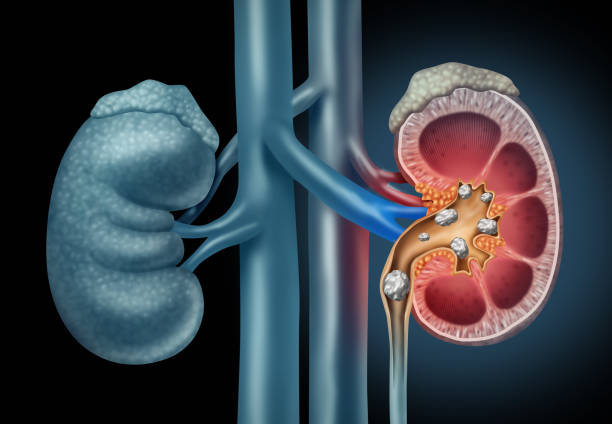
पाइल्स, फिशर, फ़िस्तुला
Piles :
- Also known as hemorrhoids, piles are swollen blood vessels in the anus and rectum.
- They can be treated with ointments and dietary changes.
- Piles can be caused by constipation, straining during bowel movements, and poor hygiene.
Fissures :
- Fissures are small tears in the lining of the anus.
- They can be treated with ointments or Botox injections.
- Fissures can be caused by constipation or passing large stools.
Fistulas :
- A fistula is an abnormal connection between the skin and the anal canal.
- Fistulas are caused by an infection in an anal gland that doesn't drain properly.
- Fistulas require medical treatment, such as surgery or drugs.

कैंसर की गठन
Cancerous tumors may also be called malignant tumors. Many cancers form solid tumors, but cancers of the blood, such as leukemias, generally do not. Benign tumors do not spread into, or invade, nearby tissues. When removed, benign tumors usually don't grow back, whereas cancerous tumors sometimes do.
Symptoms :
- Symptoms depend on the type and location of the tumor
- Some tumors may not cause any symptoms
- Some symptoms include fever, chills, fatigue, loss of appetite, night sweats, weight loss, and pain

लिवर
The liver is an organ that sits just under the rib cage on the right side of the abdomen. It can weigh up to 4 pounds (1.8 kilograms). The liver is needed to help digest food, rid the body of waste products and make substances, called clotting factors, that keep the blood flowing well, among other tasks.
Symptoms :
- Belly pain and swelling.
- Swelling in the legs and ankles.
- Itchy skin.
- Dark urine.
- Constant tiredness.
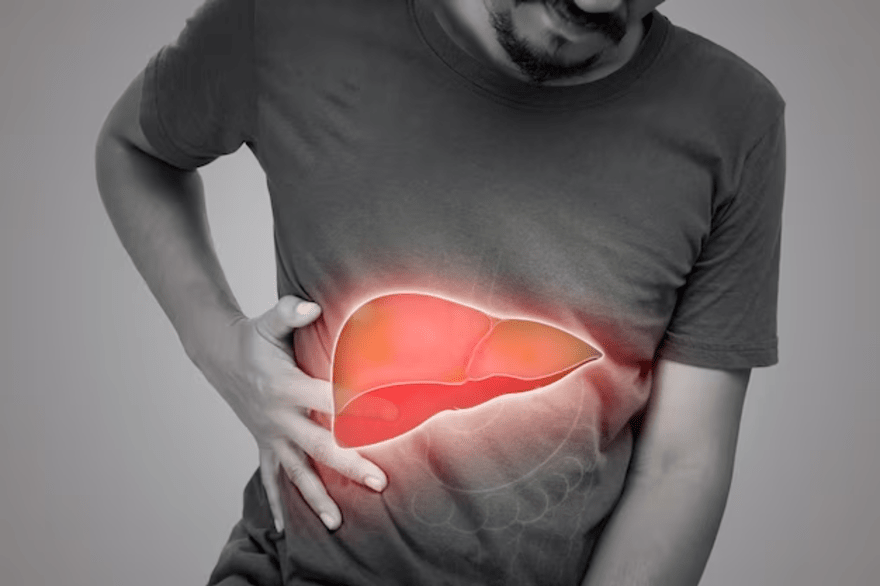
तिल्ली
our spleen is an organ that sits just below your left rib cage. Many conditions — including infections, liver disease and some cancers — can cause an enlarged spleen. An enlarged spleen usually doesn't cause symptoms. It's often discovered during a routine physical exam. A doctor usually can't feel the spleen in an adult unless it's enlarged. Imaging and blood tests can help identify the cause of an enlarged spleen.
Symptoms :
- Pain or fullness in the left upper belly that can spread to the left shoulder
- A feeling of fullness without eating or after eating a small amount because the spleen is pressing on your stomach
- Low red blood cells (anemia)
- Frequent infections
- Bleeding easily
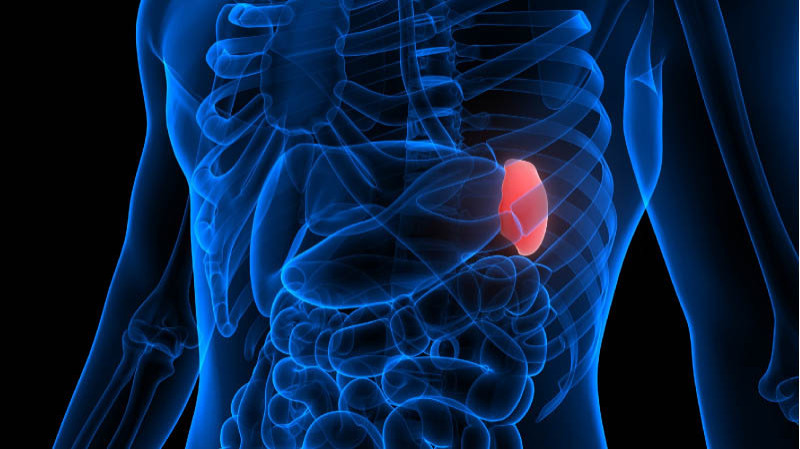
अग्नाशय एवं आंत से संबंधित रोग
Gastrointestinal diseases are health conditions that affect your gastrointestinal (GI) tract. Your GI tract is the path food takes through your digestive system — from your mouth to your rectum. It also includes your liver, pancreas and gallbladder. Some digestive system diseases cause problems that go away relatively fast with treatment. Others cause problems that are more serious. You’ve likely experienced several functional GI problems in your lifetime. Constipation, gas and diarrhea are examples of functional GI diseases. These types of GI diseases irritate your GI tract and lead to uncomfortable symptoms.

स्तन की गठान
A breast lump is a tumor or growth that forms in the breast tissue . This may occur in the breast tissue, in the area around the breast, or under the arm. Breast lumps can be of many types, and most are not cancerous.
Symptoms of a Breast lump :
- feeling a lump in the breast
- Change in breast size
- Rubbery lump under the skin
- Breast pain and swelling
- Bleeding from the nipple
- Warmth and redness of the breast skin

थायराइड की गठान
A lump in the thyroid gland is called a thyroid nodule . It is filled with solid or liquid. The thyroid gland is located in the front of the neck, just above the collarbone. It is part of the endocrine system.
Causes :
- Not cancer (benign), thyroid cancer (malignant), or very rarely, other cancers or infections
- Fluid-filled (cysts)
- One nodule or a group of small nodules
- Producing thyroid hormones (hot nodule) or not making thyroid hormones (cold nodule)

लेप्रोस्कोपिक सर्जरी (हर्निया, अपेंडिक्स, गॉलब्लैडर स्टोन )
Laparoscopic surgery, also known as keyhole surgery, is a minimally invasive procedure that uses small incisions and a camera to examine or treat organs in the abdomen or pelvis.
Benefits of laparoscopic surgery :
- Less blood loss
- Less trauma to the abdominal wall
- Smaller scars
- Reduced wound infection
- Fewer pain medications required
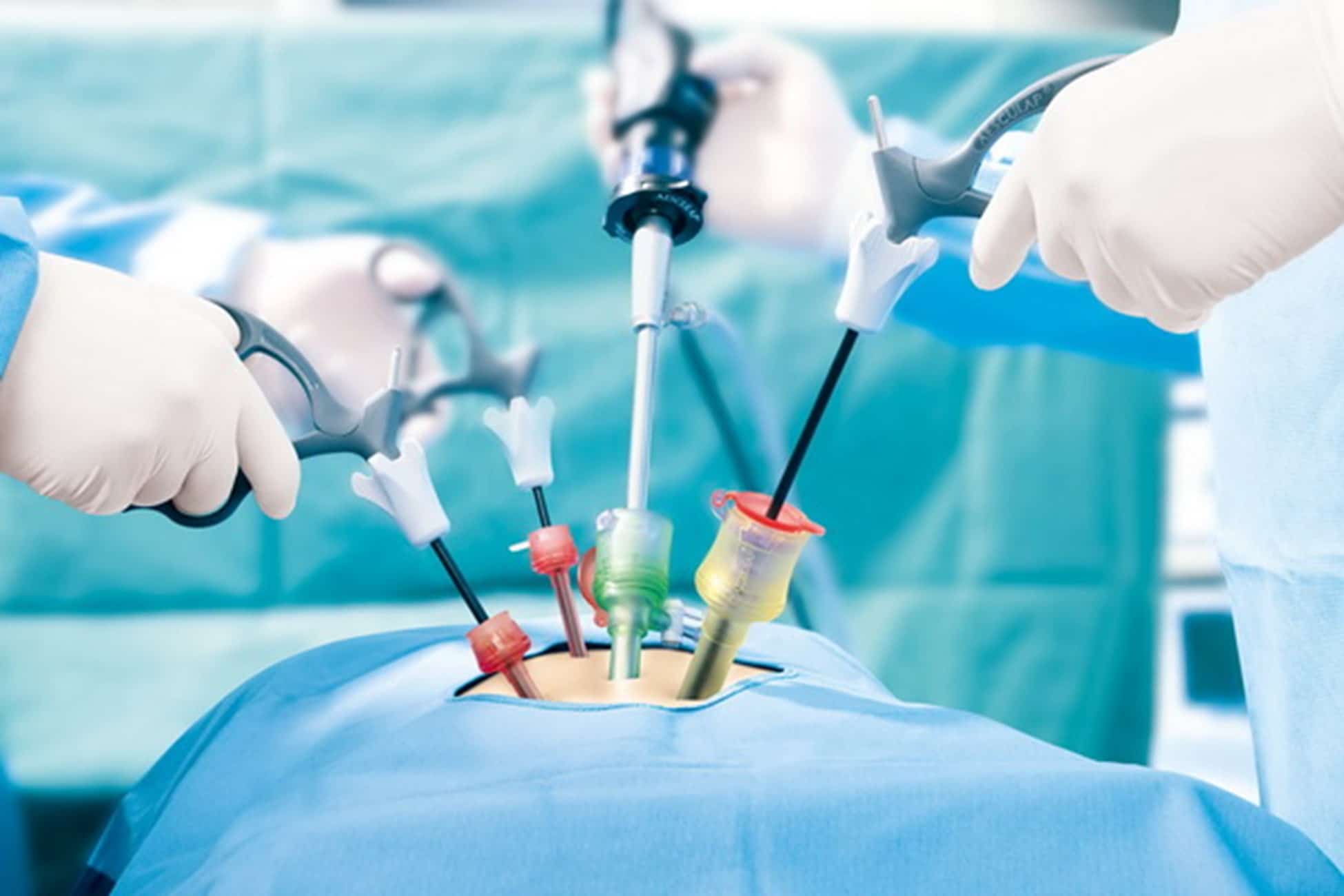
लेजर सर्जरी(पाइल्स, हर्निया, फिस्टुला )
Laser surgery is a surgical procedure that uses a laser beam instead of a scalpel to cut tissue. Laser surgery can be used in a variety of applications, including cosmetic procedures, treating skin diseases, and removing tumors. A surgical procedure that uses the cutting power of a laser beam to make bloodless cuts in tissue or to remove a surface lesion such as a tumor.
A laser beam is used to cut, ablate, vaporize, and coagulate tissue.
The light beam can be delivered continuously or intermittently.
The wavelength of the laser determines the target within the skin and the effect it may have.
